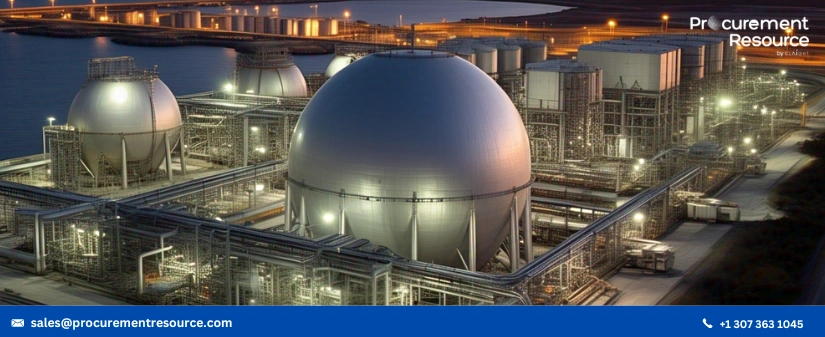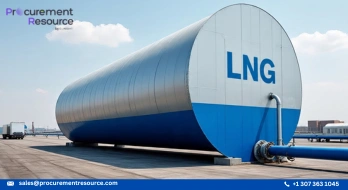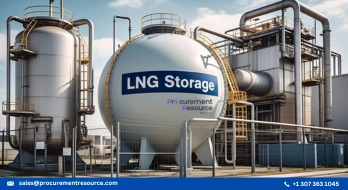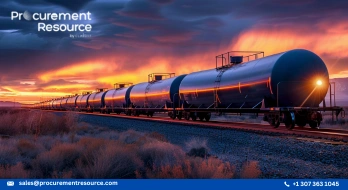Qatar made significant announcement on ramping up its LNG trading volumes to 30 to 40 million tonnes annually by 2030

Qatar plans to significantly expand its liquefied natural gas (LNG) trading volumes, targeting 30 to 40 million tonnes annually by 2030, a substantial increase from the current 10 million tonnes. At least half of these volumes will come from non-Qatari sources, mirroring the current trading structure. The announcement was made during the Qatar Economic Forum, which brought together over 1,500 global leaders and 120 speakers to discuss economic transformation under the theme ‘The Road to 2030.’
QatarEnergy’s Minister of State for Energy Affairs highlighted the country’s growing LNG production capacity, which is set to reach 160 million tonnes, including projects in the U.S. With current production at 77 million tonnes and a fleet expanding to nearly 200 vessels, Qatar aims to leverage its trading arm to manage surplus volumes not tied to long-term contracts. The minister dismissed concerns over U.S. tariff pressures, emphasizing long-term partnerships with American firms in key projects, including the North Field expansion and U.S.-based LNG facilities.
Read More About Cost Liquefied Natural Gas (LNG) Production Cost Reports - Request Free Sample Copy in PDF
The forum also addressed broader energy market dynamics, with discussions on how oil price fluctuations impact LNG investment. The minister noted that sustained crude prices between USD 70 and USD 80 per barrel are necessary to maintain production growth, warning that a drop below USD 60 could deter capital expenditure. Meanwhile, industry leaders projected global LNG demand to rise from 400 million tonnes to 700 million tonnes within a decade, underscoring the critical role of U.S. and Qatari supply in meeting future needs. The event also touched on fiscal resilience, with Qatar’s central bank governor noting minimal direct effects from U.S. tariffs but acknowledging potential indirect budget pressures from energy price volatility.



